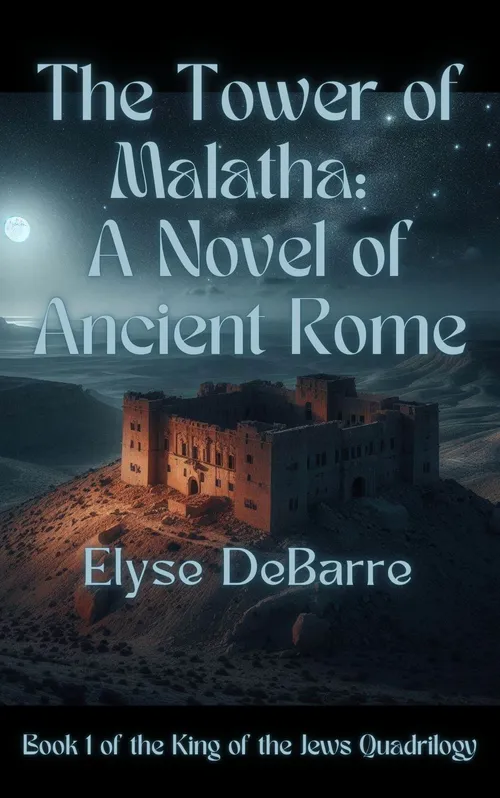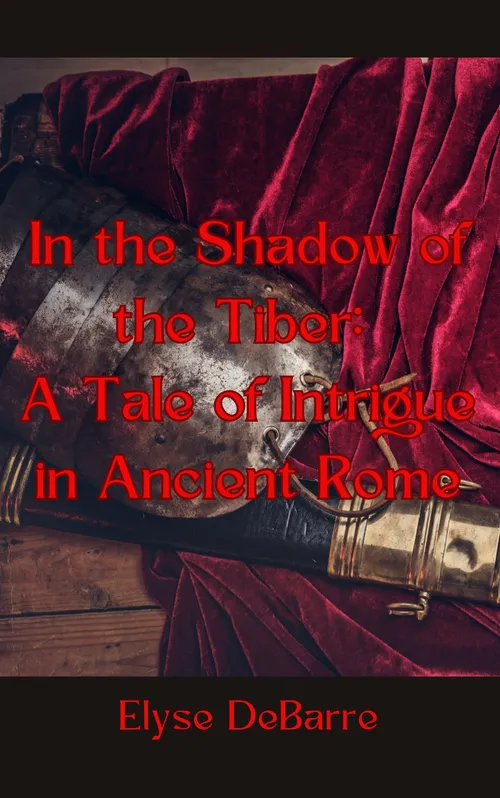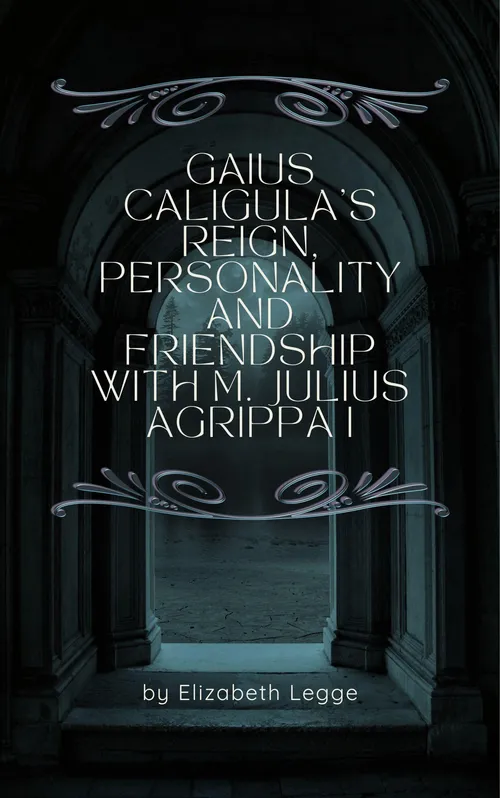- Stories
- Authors
- Lists
✨ Special Holiday Edition! ✨
As Christmas approaches, immerse yourself in the ancient world of Rome, a narrative in which the enigmatic Magi make a subtle yet profound appearance.
Read More...
Until recently, it has generally been assumed that ancient Roman women did not figure prominently as medical doctors. Much of the reason for this view derives from the extreme obstacles and difficulties women experienced in becoming qualified as physicians in the West during the Victorian Era and the twentieth century. It is now becoming apparent among scholars that women in ancient Rome did not encounter impediments to their medical practice to the same degree as pre-modern and early modern women. Although there are few references to women doctors in Rome, those mentions treat these physicians with the same respect and honour as that accorded to their similarly deserving male colleagues.
In this research, I shall attempt, through a perusal of some of the ancient sources and through reading some of the theories of modern historians, to attain a better understanding of the personality and reign of the emperor Gaius, commonly known as Caligula. To this end, my focus will be on the writings of Cassius Dio. At the same time, I shall discuss of the life of Marcus Julius Agrippa I and his relationship to Gaius, and show how an understanding of Agrippa and his relationship with Gaius might also throw some light on the personality and reign of Caesar Caligula.
Read More...
The Malhata Fortress on the Roman-Judaean Negev Frontier: Associated with a Roman Road, the Frankincense Trail, and a Princely Fugitive
Elysha
Malhata is one of a group of fortresses on the Roman-Judaean frontier with Nabataea (roughly equivalent to modern Jordan). This fortress, located on a tel in the southern portion of the group, is associated with the remains of a Roman road and occupied a strategically central position on an important crossroads between southern Roman Palestine and central Judaea, and between the Dead and Mediterranean seas. It was also on the Roman sector of the Frankincense Trail caravan trade route with the Arabian Peninsula. As well, it is believed to have been ‘Malatha’, mentioned by the Roman- Jewish historian Josephus as the location where the fugitive Herodian prince, Agrippa I, hid when forced to fiee his privileged life in Rome among the Julio-Claudians. An archaeological excavation report and GIS spatial analysis of Malhata reveal information on the fortress’ purpose, and support its being the location where Agrippa hid.
Read More...
In the shadows of the early Roman Republic, where power and intrigue intertwine like ivy on ancient columns, a hidden tale unfolds. A brilliant prodigy, her lineage a blend of Etruscan heritage and Roman upbringing, walks Rome’s cobbled streets. Secrets cling to her steps, threatening to unravel the very fabric of Rome.
Read More...
In the shadow of ancient Rome, an archaeologist unearths more than artifacts. A forbidden gate whispers secrets across centuries. Love defies time, but so does danger. The past beckons, and destiny awaits beyond the misty veil.
Read More...
This essay will discuss several aspects of Roman military medicine, including providing a discussion on military doctors and their divisions; the debate concerning the valetudinaria, or military hospitals; medical pharmaceuticals; and medical surgical practices.









